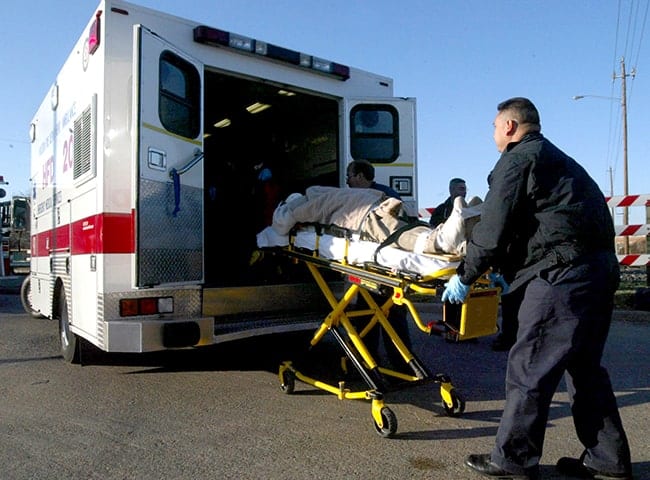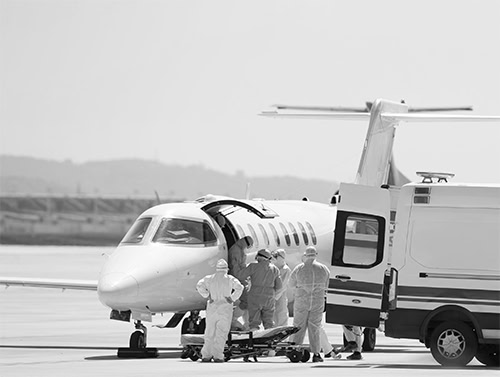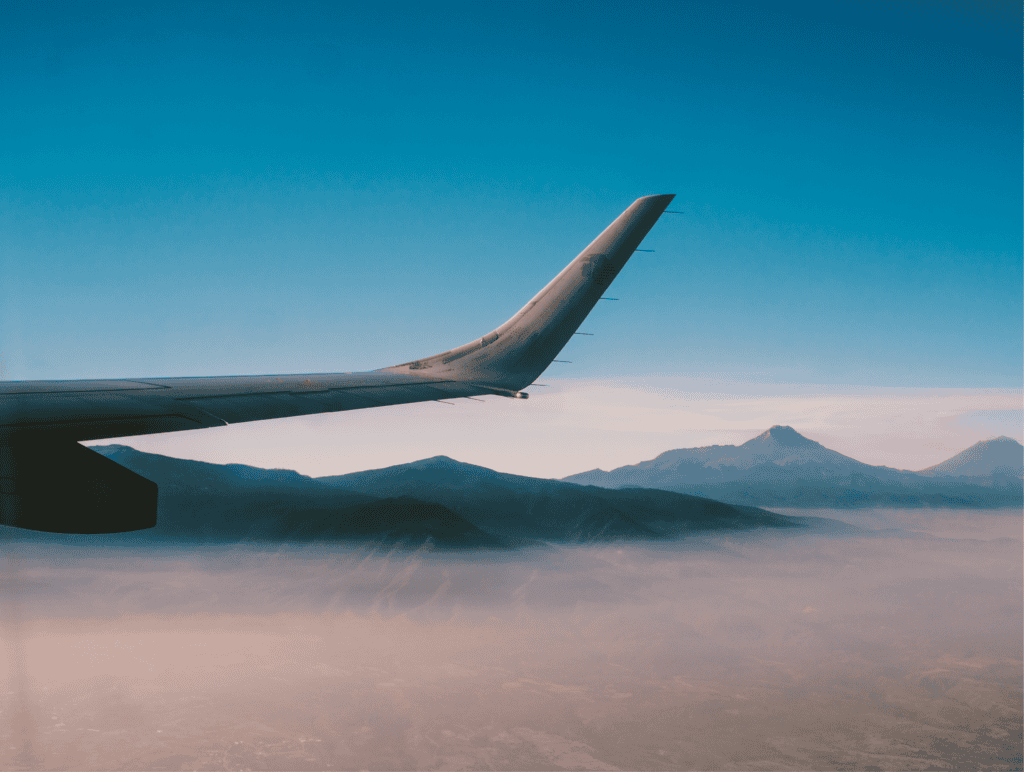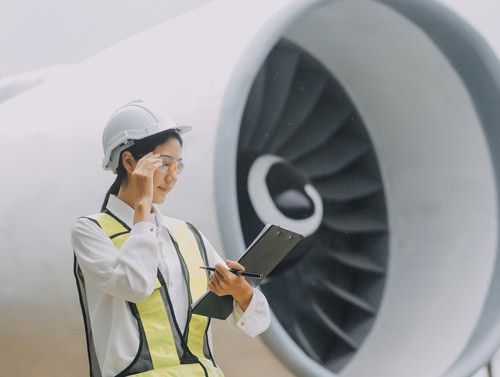Flying after an accident involving bone fractures needs careful consideration. Read below about two international medical repatriation missions undertaken by Bluedot, shedding light on the essential factors that ensure safe and successful journeys for patients on the path to recovery.
Case 1:
Air Ambulance Transfer from Bangkok to Abudhabi of patient with Pelvic external Fixation device
The patient, a 67-year-old male, sustained a pelvic fracture and several other long bone injuries in a road traffic accident. An external fixator was applied for pelvic stabilization. Urgent air ambulance transfer from Bangkok to Dubai was needed for advanced medical intervention.
Challenges:
Transferring the patient to and from the bed presented significant challenges due to the external fixator and pelvic fracture. Handling the delicate pelvic injury required utmost care to prevent exacerbation during transport. Ensuring the external fixator’s safety and stability during transfer was paramount.
Additionally, the dimensions of the device and the patient were meticulously measured and cross-referenced with the aircraft’s door dimensions, cabin height, stretcher width, and space between the stretcher and aircraft sides. Such meticulous assessment aided in selecting the appropriate aircraft for the transfer.
Additional Precautions:
- Secure immobilization during loading/unloading to minimize pelvic stress.
- Frequent monitoring of vital signs, pain levels, and external fixator stability
during the flight. - Seamless communication and coordination among the medical team throughout the transfer process.
Case 2:
Commercial flight stretcher transfer of a patient with skeletal traction.
The case involved a 23-year-old male with an isolated femur fracture from a Jet Ski accident, necessitating repatriation from Dubai to London. There were no other injuries. The challenge was the patient’s traction with weight and maintaining it during the transfer that was arranged by commercial flight stretcher.
Setting up tractions within a commercial aircraft requires meticulous planning. Not all aircraft types accommodate the traction system at the leg end. Detailed preparation included assessing aircraft type, stretcher seating arrangement, and leg end space, before taking a patient with traction onboard. A Tynor traction Kit with water weight replaced the metal weight traction (In Some cases, sand can also replace the metal weight). Proper care had to be taken to stabilise the traction kit and the weight during take-off, landing and turbulence.
Pain Management Precautions:
Effective pain management was prioritized throughout. A thorough pain assessment preceded transportation to determine the most appropriate analgesic plan. The Flight Physician ensured pain relief alignment with the patient’s condition and complications during the journey.
The cases presented here exemplify the intricate and tailored approach Bluedot undertakes to ensure the safe and efficient transportation of patients with fractures. No matter the challenges with our commitment, meticulous planning and comprehensive preparation Bluedot continues to redefine the standards of excellence in air medical services, ensuring the well-being of patients at every step.



